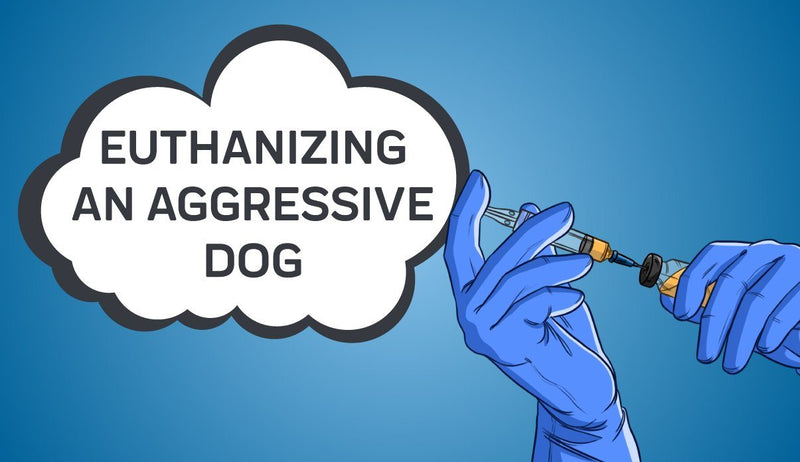- What is Littermate Syndrome in dogs?
- What are the symptoms of littermate syndrome?
- Problems You May Face As a Result Of Littermate Syndrome
- Can Littermate Syndrome in Dogs Be Cured?
- Different Training Sessions
- Conclusion

Many people have heard of littermate syndrome, but what is it? Littermate syndrome is when a dog can show behavioral and physical changes in response to the presence or absence of other dogs. They may become clingy, depressed, hyperactive, fearful, withdrawn, and even aggressive. This blog will discuss if you are concerned about your pup having this disorder.
Most people who go through the process of adopting new puppies often find themselves at a crossroads. With the current generation of people dealing with their increasingly hectic work life, the thought of adopting two puppies from the same litter eventually strikes an owner.
However, this is actually one of the biggest mistakes that a pet owner can make, as it can lead to serious adverse reactions. Adopting two or more puppies from the same litter can lead to a very complicated situation as they will need extra effort.
What is Littermate Syndrome in dogs?

Littermate Syndrome in dogs is a psychological phenomenon where two puppies from the same litter are more likely to develop an unusually close bond. This can make it difficult for owners when they try and separate them, as some dogs will refuse to eat or drink water if their sibling isn't allowed nearby. In extreme cases, siblings may even stop eating in order not to be separated from one another! What might not seem like a very dangerous or serious matter can turn into a very serious problem in the future for you, your two dogs, and the people who come in contact with them.
In most cases, as the puppies share a very deep primal bond, they are unable to connect or form bonds beyond the relationship that they share with their siblings. Littermate Syndrome can greatly affect the way your puppies see you, and how they interact with you.
While most young dogs that are raised separately from their litter will indulge with you and socialize with other members of the house, young puppies that suffer from this symptom can often have the opposite reaction. This means that they will not properly interact with you or may even be afraid of you.
What are the symptoms of littermate syndrome?
Before you can move on properly healing and ridding your dog of Littermate Syndrome, you must first be able to identify it. There is a multitude of different signs and indications that a dog is suffering from littermate syndrome, the first one being obviously, their fear of strangers.
Stranger Danger
Being afraid of strangers is not very common in young puppies, as they are incredibly curious and are often open to meeting new people. That being said, if you find that your puppy is displaying any signs of being afraid of new faces, like your friends or family, and is going to cuddle anyone besides their sibling, you might have a serious problem on your hands.
Unless your dog has been through a very traumatic experience or you rescued him from a very abusive household, there is no reason for them to feel scared of other humans, let alone other dogs.
Disobedience
Another sign of littermate syndrome is that your puppy will have trouble learning basic obedience. Not only is it very hard to tame and raise a young puppy due to how committed you have to be in order to make sure they are not left with any bad traits, but training two puppies or more are nearly twice the work. From sleepless nights to ripped curtains and couches, you need a lot of patience to raise puppies.
With this in mind, it is increasingly hard for dog owners to properly train and tame their puppies, as the siblings will continue to distract each other due to their bond.
Anxiety
One of the easiest ways to find out if your puppies may have Littermate Syndrome is by keeping one away from the other for a certain period of time. If you see that one or rather both of your dogs seem to become distressed or begin to feel anxious, that is when you know that your dogs have Littermate Syndrome.
Problems You May Face As a Result Of Littermate Syndrome
Littermate Syndrome can lead to a variety of different problems for you and your dogs. Other than your puppies having trouble learning obedience, they will also give you a very tough time. One of the major problems that you will face as a result of Littermate Syndrome is their aggressive behavior and emotional dependence.
Now you might be thinking, will my dog be aggressive towards me? In response, no but he will be incredibly aggressive to the other puppies in the litter. While it is true that most dogs are inseparable when they are young, the exact opposite happens when they grow up, as many speculate that bullying and fights become very common among dogs.
Other than their aggressive behavior, when they are young they will also be very dependent on each other, which means that separating them will trigger a very frustrating experience.
Can Littermate Syndrome in Dogs Be Cured?
For many people with these dogs, it may seem impossible since environmental factors like hormones and genetics play such an essential role as well as how much attention each pup receives while growing up!
If you have adopted two dogs from a single litter, then there is a way for you to properly raise them without facing much trouble. One of the steps that you can take in order to ensure that they do not have any behavioral issues is to give them separate playtimes.
Separate Play Time
Many behavioral experts advise owners to allow each of their dogs to play with other dogs; this will allow them to greatly improve their social skills and allow them to grow into their own by socializing with other dogs and humans.
A common misconception when it comes to littermates is that since they have each other, they don’t need other dogs to socialize with. This is very wrong, as it can further add to the anxiety that they feel when they are apart as well as add to their behavioral issues.
Different Training Sessions
Another one of the many actions you can take in order to reduce littermate syndrome is to give your puppies individual training sessions. By teaching each of them separately, not only will the two dogs now have your attention, but they will also be more likely to respond to your visual and audio cues.
Conclusion
While Littermate Syndrome is not common in every pair of dogs that you pick from a litter, it is common enough for various behavioral experts to advise against it. Even if you happen to adopt them, be sure to follow the aforementioned instructions, and raising them together won’t be a problem.
Sources:
Littermate SyndromeLittermate Syndrome Treatment Plan
















